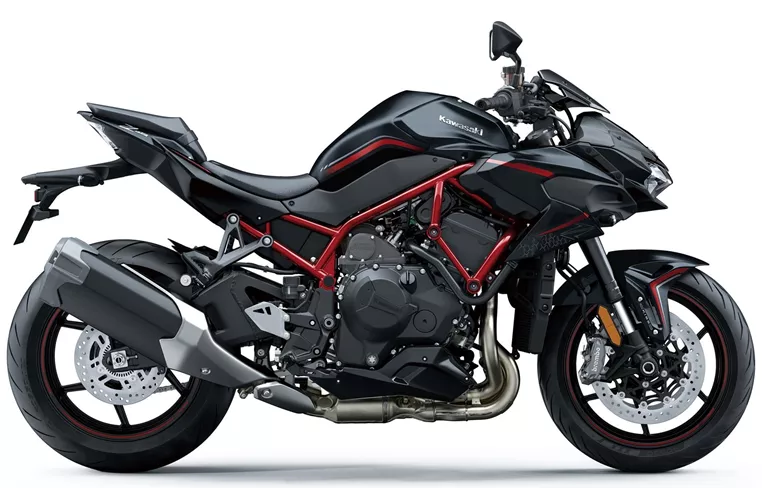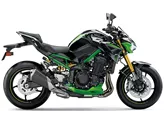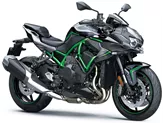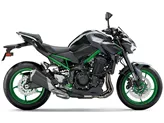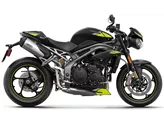Kawasaki Z H2 2020 vs. Kawasaki Z1000 2009
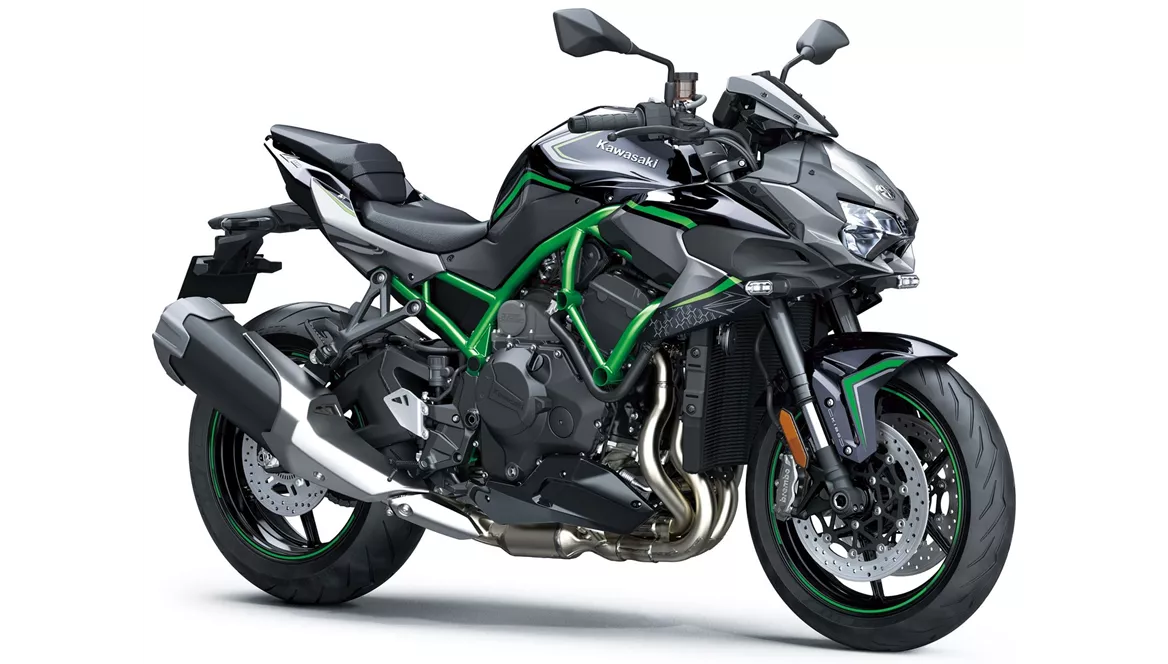
Kawasaki Z H2 2020

Kawasaki Z1000 2009
Vue d’ensemble - Kawasaki Z H2 2020 vs Kawasaki Z1000 2009
The Kawasaki Z H2 2020 and the Kawasaki Z1000 2009 are both naked bikes with similar engine types, cooling systems, and frame materials. However, there are significant differences in their technical specifications and overall performance.
Starting with the engine and drive train, the Kawasaki Z H2 2020 boasts a more powerful engine with 200 HP compared to the Kawasaki Z1000 2009's 125 HP. The Z H2 also has a higher torque of 137 Nm compared to the Z1000's 98.7 Nm. Both bikes have four cylinders and liquid cooling systems, ensuring optimal performance and temperature regulation.
In terms of displacement, the Z H2 has a larger engine with a displacement of 998 ccm, while the Z1000 has a displacement of 953 ccm. This means that the Z H2 has a larger engine capacity, potentially resulting in better overall performance and acceleration.
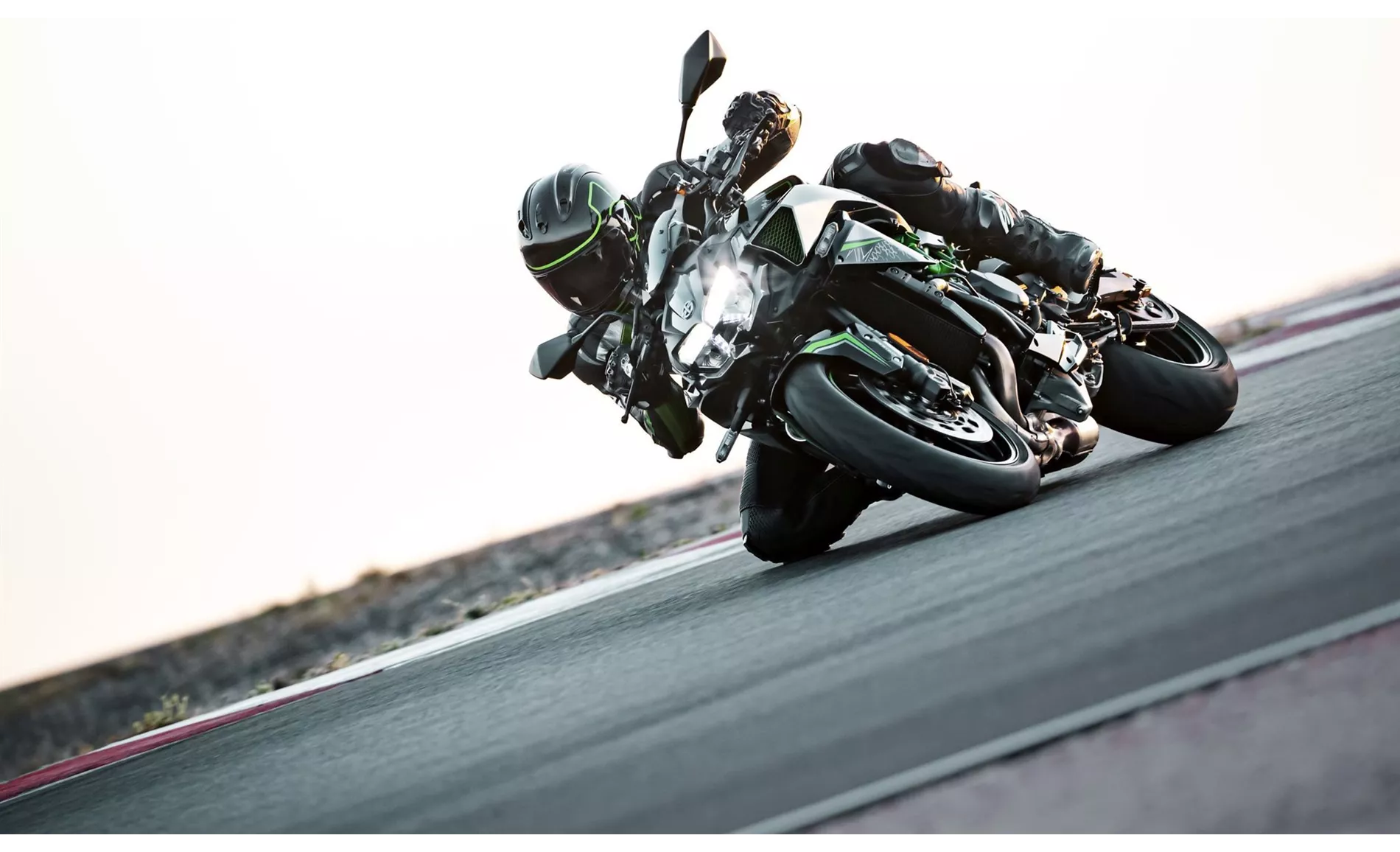
Kawasaki Z H2 2020
When it comes to the chassis, both bikes have steel frames, but the Z H2 features a tubular frame, while the Z1000 has a central tube frame. The choice of frame design may impact the overall handling and stability of the bikes.
In terms of braking technology, both bikes have double disk brakes at the front. However, the Z H2 utilizes radial, monoblock technology, which may provide more precise and powerful braking compared to the Z1000's petal technology.
In terms of dimensions and weights, both bikes have 17-inch front and rear tire diameters. The Z H2 has a slightly longer wheelbase of 1455 mm compared to the Z1000's 1445 mm. The seat height of the Z H2 is also slightly higher at 830 mm compared to the Z1000's 820 mm. Additionally, the Z H2 has a larger fuel tank capacity of 19 liters compared to the Z1000's 18.5 liters.

Kawasaki Z1000 2009
Now, let's discuss the strengths and weaknesses of each bike. The Z H2 2020 has an incomparable engine with full power and an easy-to-control power unit. It offers a pleasant seating position and high riding comfort for a naked bike. Despite its extravagant drive, the Z H2 can be ridden carefree in everyday life. It also has a quiet but charismatic sound and stable and transparent handling. However, it has some weaknesses, such as a quickshifter that makes interventions that take too long and a suspension strut that becomes a bit spongy during sporty riding. Some riders may also feel that the exclusive Z H2 deserves more exclusive components all around.
On the other hand, the Z1000 2009 has the strength of relatively much power and a powerful appearance. It offers a comfortable riding experience and has an optimal chassis. Additionally, it has an acceptable price, making it a more budget-friendly option. However, it has weaknesses such as an uncontrollable instrument unit and the presence of partial manual force.
In conclusion, the Kawasaki Z H2 2020 and the Kawasaki Z1000 2009 have their own unique strengths and weaknesses. The Z H2 offers a more powerful engine, higher torque, and larger displacement, making it a more high-performance option. On the other hand, the Z1000 offers a powerful appearance, comfort, and an optimal chassis at a more affordable price. Ultimately, the choice between these two models will depend on the rider's preferences and priorities.
Caractéristiques techniques Kawasaki Z H2 2020 par rapport à Kawasaki Z1000 2009
Avantages et inconvénients en comparaison
Avantages et inconvénients en comparaison
Kawasaki Z H2 2020
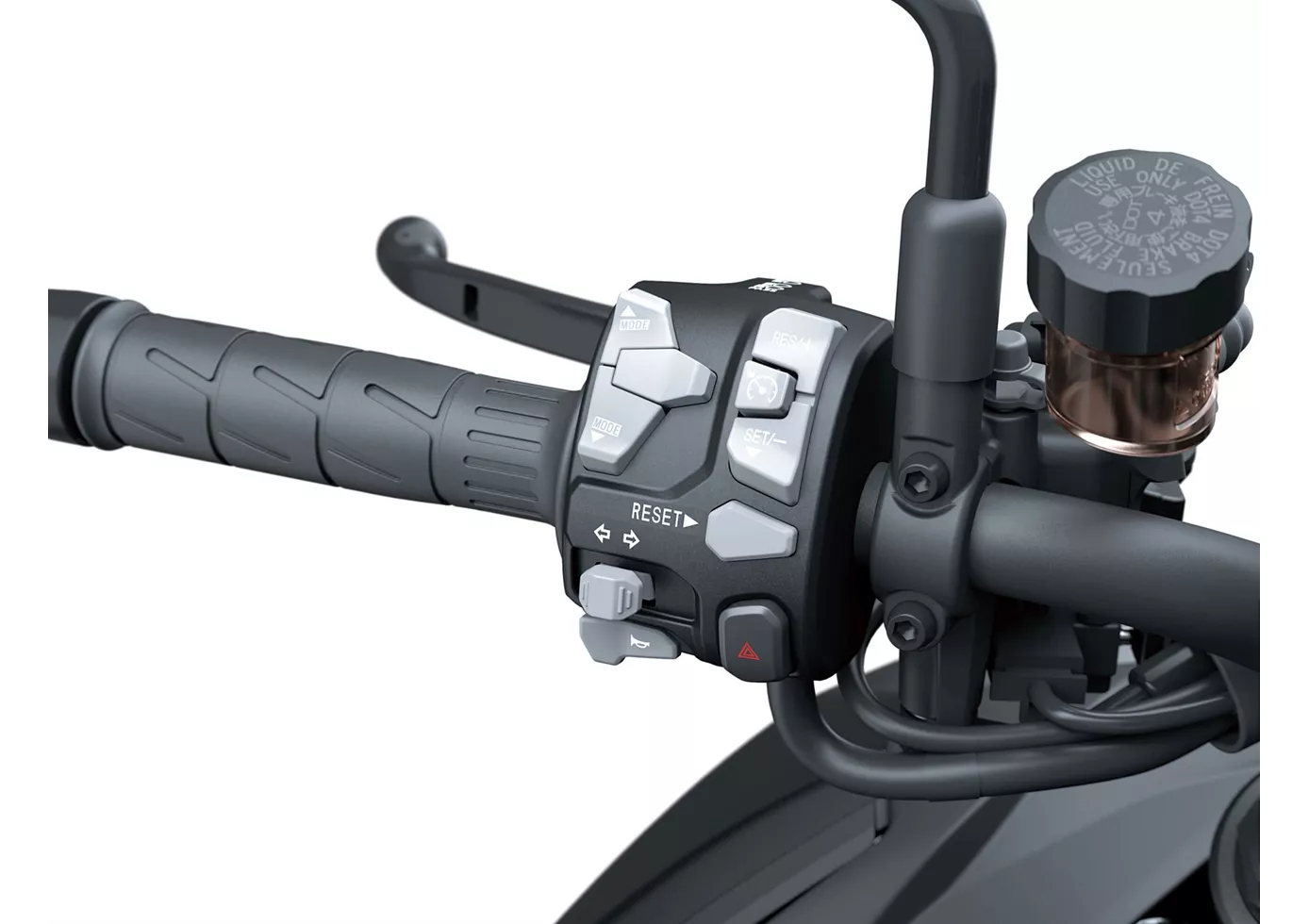
Le moteur fascinant de la Kawasaki n'enthousiasme pas seulement comme motif pour des cartes de quatuor ou lors de discussions à la table des habitués. Le moteur est fait pour la pratique. En selle sur la machine, tu peux profiter de la poussée dans toutes les situations. Les ordres donnés par la poignée des gaz sont mis en œuvre de manière directe, intense mais aussi contrôlable. La machine n'est toutefois pas une sportive athlétique, mais une nakedbike bien campée. Elle marque des points à chaque fois qu'il faut de la souveraineté et de la puissance.
Kawasaki Z1000 2009
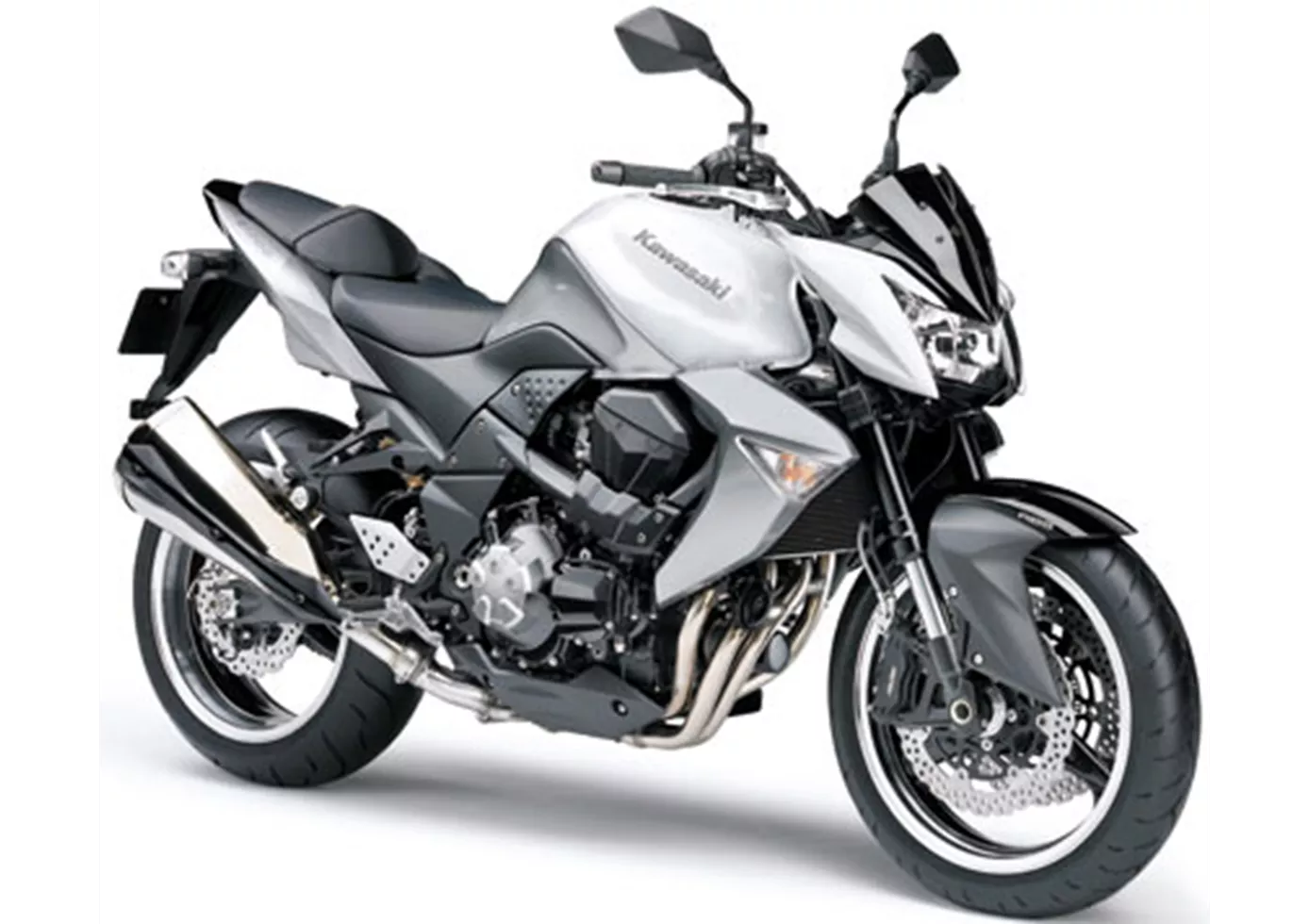
Kawasaki a bien fait de repenser et de reconstruire la Z1000 de fond en comble. Elle a été dotée d'une âme sombre, dont les racines plongent dans le (dé)bon vieux temps, mais elle semble plus authentique et plus cohérente grâce à son développement autonome. Kawa a su se montrer à la hauteur de ses ambitions et des souhaits de ses clients. Dans l'ensemble, un produit audacieux pour des pilotes audacieux.
Comparaison des prix Prix moyen du marché Kawasaki Z H2 vs Kawasaki Z1000
There are a few key differences between a Kawasaki Z H2 2020 and a Kawasaki Z1000 2009. In terms of price, the actual average price of a Kawasaki Z H2 2020 is about 159% higher. There are the same number of bikes of both models available on the 1000PS.de marketplace, specifically 10. It takes less time to sell a Kawasaki Z1000 with 63 days compared to 148 days for the Kawasaki Z H2. Since model year 2020 1000PS.de editors have written 14 reviews for the Kawasaki Z H2 and 41 reviews for the Kawasaki Z1000 since model year 2005. The first review for the Kawasaki Z H2 was published on 10/10/2019 and now has more than 82,500 views. This compares to more than 5,800 views for the first review on Kawasaki Z1000 published on 9/2/2002.
